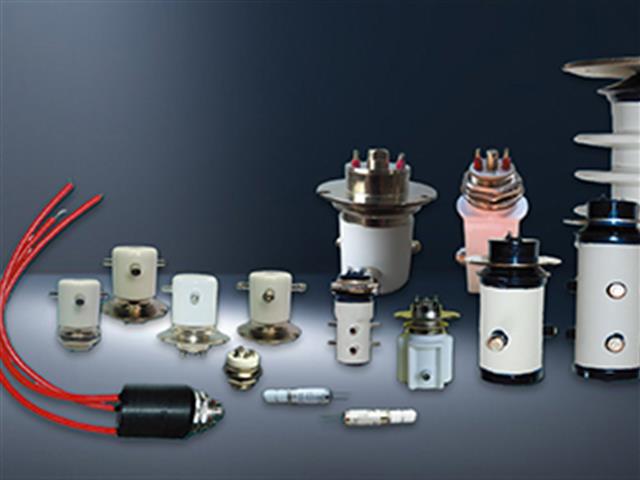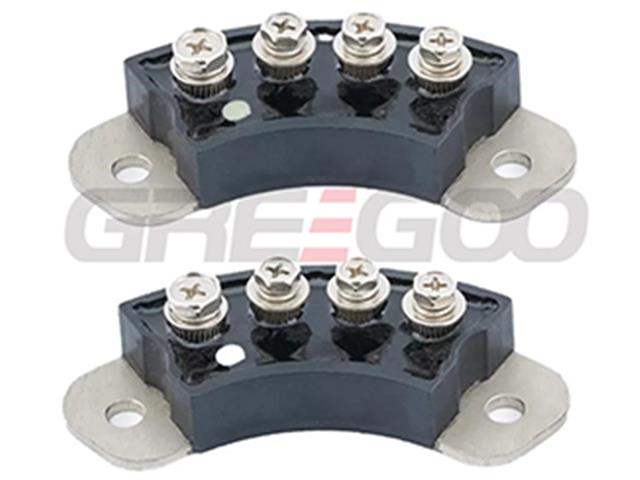Fast Recovery Diode Modules vs. Standard Recovery Diode Modules: Which One to Choose?
The main differences between fast recovery diode modules and standard recovery diode modules lie in their recovery characteristics, applications, and performance. Here are some key distinctions:
Recovery Time:
Fast Recovery Diode Modules: These have a shorter recovery time, typically ranging from tens of nanoseconds to a few hundred nanoseconds. This makes them suitable for high-frequency switching applications, such as switch-mode power supplies and inverters.
Standard Diode Modules: These have a longer recovery time, usually in the microsecond range, making them suitable for low-frequency or DC applications.
Reverse Recovery Current:
Fast Recovery Diode Modules: They exhibit a smaller reverse recovery current during switching, which helps reduce switching losses and electromagnetic interference (EMI).
Standard Diode Modules: They have a larger reverse recovery current, which can lead to higher switching losses and EMI.
Application Areas:
Fast Recovery Diode Modules: Widely used in high-frequency switch-mode power supplies, inverters, converters, and other circuits that require rapid switching.
Standard Diode Modules: Suitable for rectification, low-frequency switch-mode power supplies, and other applications that do not require fast switching.
Efficiency:
Fast Recovery Diode Modules: Due to their rapid recovery characteristics, they generally offer higher efficiency in high-frequency applications.
Standard Diode Modules: They may have higher efficiency in low-frequency applications, but their efficiency tends to decrease in high-frequency scenarios.
In summary, fast recovery diode modules are ideal for applications that require rapid switching and high efficiency, while standard diode modules are better suited for low-frequency and DC applications. When choosing between the two, it is essential to consider the specific application requirements and circuit needs.

Advantages of Low Voltage Drop DC Solid-State Relays - Heatsink is not required
Low voltage drop DC solid-state relays offer significant advantages in terms of efficiency, low heat generation, and high reliability, making them particularly suitable for applications requiring high efficiency and low energy consumption.
Read More
Greegoo SCR Power Controller: The Ideal Choice for Industrial Applications
Three phase SCR power controller, phase shift thyristor regulator, IPM module 60A to 800A.
Read More
Gas-Filled Relays vs. Vacuum Relays: A Comparison and Application in High Voltage Switching Technology
the difference between gas filled relay and vacuum relay
Read More
Rotating Diode vs. Standard Recovery Diode: Key Difference and Application
A rotating diode is a special type of rectifier diode used in the brushless excitation system of synchronous generators (alternators).
Read More













